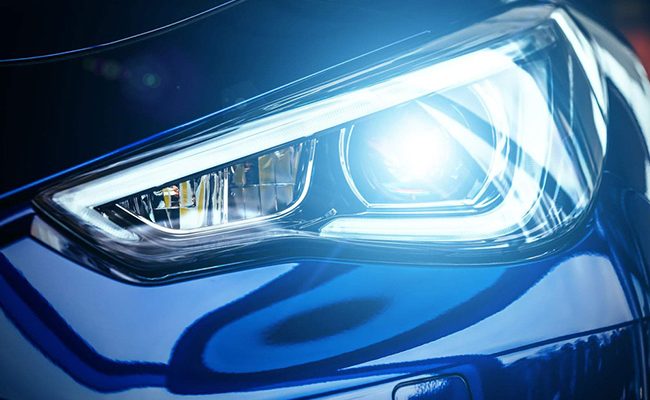What’s the Difference Between Halogen and Xenon Headlights?

Headlights are an essential part of any vehicle, ensuring safety and visibility during nighttime driving and in unfavorable weather conditions. There are several types of headlights available in the market, including Halogen and Xenon headlights. Drivers often find it challenging to choose between the two and wonder what the differences are between Halogen and Xenon headlights.
Halogen headlights have been a popular choice among drivers for a long time. These headlights employ halogen gas in a bulb to produce light. The halogen bulb is enclosed in a quartz glass that can resist the extreme temperature and intense light produced when the light is switched on. Halogen headlights employ a tungsten filament that connects to an electrical circuit. The electricity heats up the filament, which produces light. Halogen bulbs generate a yellowish-white light.
The Xenon headlights, on the other hand, use a more advanced technology to produce even brighter light. Xenon headlights use xenon gas in a bulb that produces a well-known bright, white light which is why they are also called HID (High-Intensity Discharge) headlights. Xenon headlights are more expensive than halogen headlights, but they produce more significant and brighter light and consume less power. They have a unique design, an electrical arc runs through the Xenon gas in a bulb, which produces brilliant white light instead of a filament.
One significant difference between Halogen and Xenon headlights is the light produced – Halogen headlights generate a yellow-white, whereas Xenon headlights produce a bright, white light. The xenon headlights use less power but have a lifespan of about 2000 to 5000 hours, while the Halogen headlights have a shorter lifespan of about 500 to 1000 hours.
Another significant difference between the two is the cost – Xenon headlights are more expensive than Halogen headlights. The difference in cost can be recovered in extended usage and longevity. Replacement Halogen bulbs are cheaper, but they require frequent replacement compared to Xenon bulbs, which consume less power, and consequently, have a longer life span.
In terms of color temperature, Xenon bulbs have better temperatures ranging from 4000 to 6000K, while Halogen bulbs have color temperature ranging from 2700 to 3400K. The higher color temperature of Xenon bulbs produces a brighter and clearer light, which is similar to daylight.
One common concern about headlights is safety. People wonder if the brighter light produced by Xenon bulbs is safe. The answer is yes – it is safer compared to Halogen headlights. The brighter and clearer light produced by Xenon headlights improves visibility, making it easier to see obstacles, animals, or pedestrians on the road. This results in better reaction time and reduced accidents, especially at night.
In conclusion, both Halogen and Xenon headlights have their benefits and limitations. The choice between the two headlights boils down to the individual’s preference, budget, and driving habits. If you prioritize price over brightness and longevity, Halogen headlights would be the best choice for you, while if you prefer bright white light with more extended life, then Xenon headlights would be the best option. Regardless, one should prioritize safety, by using headlights that produce brighter and clearer light for safety on the road.





